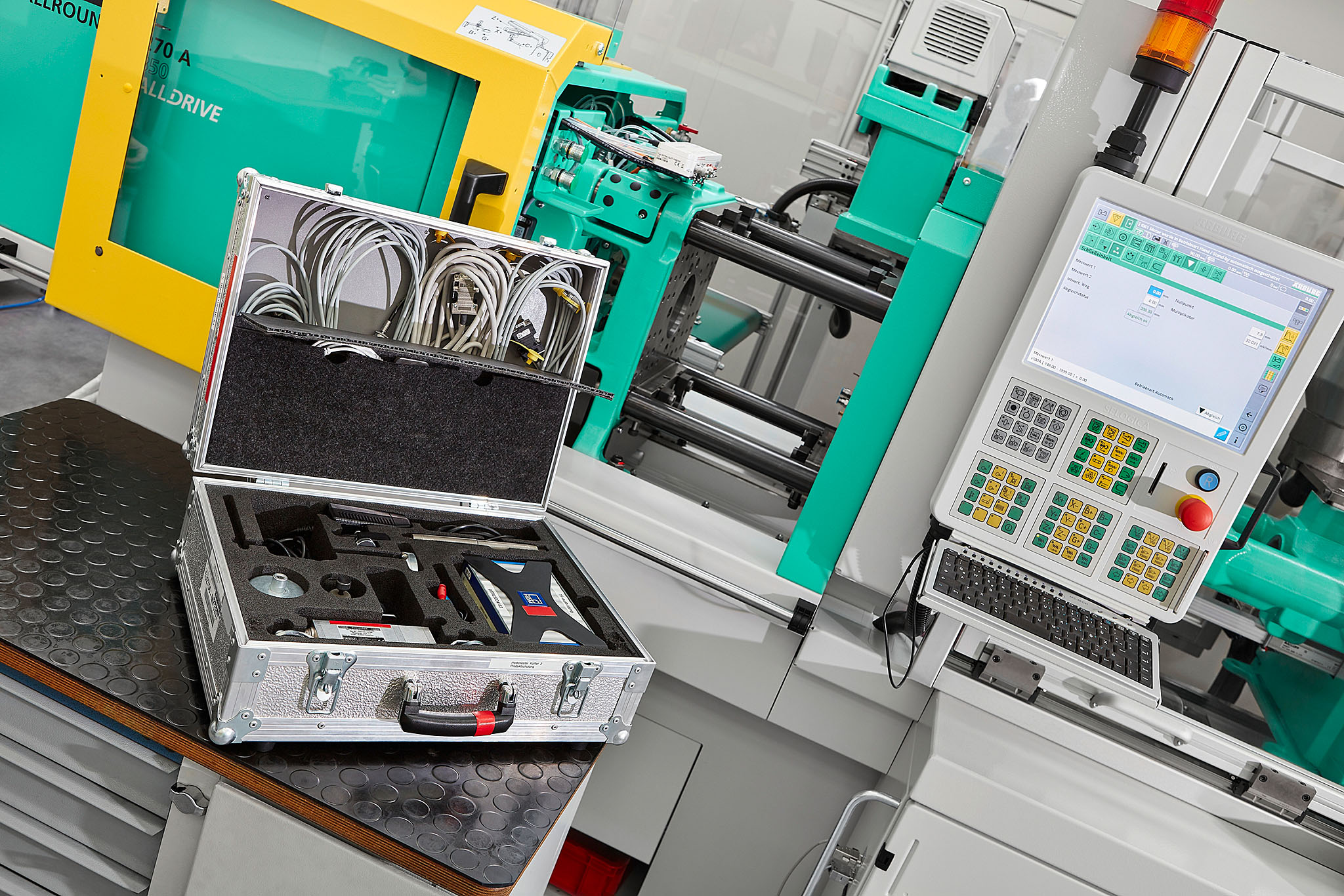Certification and efficiency drive the need to calibrate
AK Industries in Hereford first calibrated their ARBURG machines in a formal programme in 2013, almost out of necessity.
The company serves a wide portfolio of industries, from medical and water management to consumer products, but its sweet spot is the design and manufacturer of any complex moulding from highly technical materials.
Among their 26 moulding machines, they operate eight 320C ARBURGs that are essentially identical machines. But when managing director Sam Green joined the company in 2012, he noticed the technicians had regular issues when transferring tools and their settings sheet between these identical machines. What should be a seamless transfer was not so in practice, as the programme could not produce the part with the required tolerances due to machine-related variances and needed intervention on the settings to do so. “To overcome this we calibrated everything to bring them back to a standard baseline, where all eight 50-ton machines would do exactly the same thing with the same settings sheets,” says Sam. “These are hydraulic machines and over time, things move and come out of tolerance.”
AKI is ISO 9001 and ISO 13485 certified, the industry standard for quality management systems for the medical devices industry. Control is a critical component of ISO 13485 and so AKI must assure consistency of its machines to achieve certification. These machines must demonstrate they operate within the same tolerances as 12-months earlier, which drives the need for calibration.
Calibration is also an aspect of preventative maintenance, which identifies technical issues, Sam says. Simultaneously with the calibration, AKI runs oil health monitoring. It gives an early indicator for when parts are wearing, like pumps for example. Copper and other materials can accumulate in the oil. High concentrations of copper in oil indicates that something in the machine is wearing at a rate higher than expected. By knowing a critical part is deteriorating, replacing that part avoids a very costly failure.
“When we were calibrated in December 2023, one machine wouldn’t calibrate because one of the pumps had reached a state of wear where the sensors could not recalibrate back to the baseline,” he says. “We placed an order for a replacement pump with ARBURG, installed it in early January and we were back up and running.” The knowledge that such a non-conformity exists potentially saves the company thousands of pounds in the event of a pump failure.
